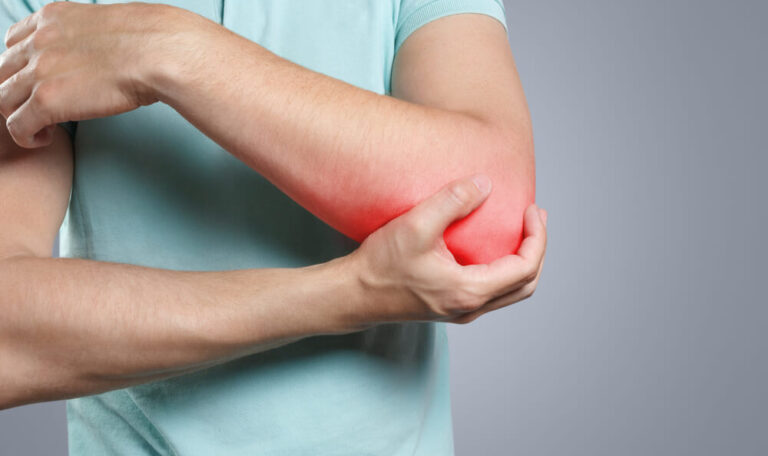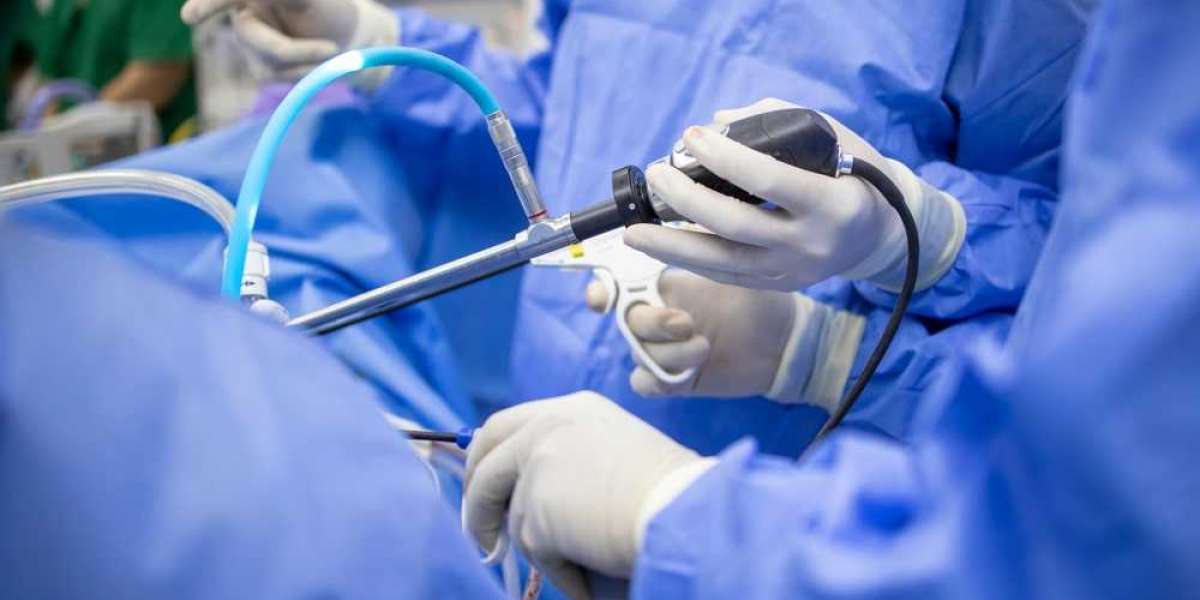Runners and cyclists put tremendous strain on their knees, constantly moving and engaging their lower body with force. This intense activity can lead to injuries, with meniscus injuries being one of the most common problems among both athletes. The meniscus is a crescent-shaped cartilage in the knee that acts as a shock absorber, providing cushioning and contributing to the stability of the knee joint. However, repetitive stress or a sudden twisting movement can cause tears in this important structure, which can be painful and debilitating.
This blog discusses what causes meniscus injuries, what they feel like, and the latest treatments for athletes, particularly those in India looking for expert guidance from a knee replacement surgeon in Ahmedabad or elsewhere.
What Is a Meniscus Injury?
Our knees each contain two C-shaped pieces of cartilage, known as menisci, with one located on the inner side (medial) and the other on the outer side (lateral). These pads act as shock absorbers and help distribute your weight evenly across the knee joint. A tear can occur due to sudden twisting motions or long-term wear and tear from repetitive activities like running or cycling.
Common Causes of Meniscus Injuries in Runners and Cyclists
- Repetitive strain: Activities like running and cycling often put repeated strain on the knees, which can gradually wear down the meniscus over time.
- Sudden twisting movements: A sudden change in direction or a misstep during running or cycling can cause the knee to twist unnaturally, leading to a tear in the meniscus.
- Overuse: Consistently performing high-impact activities without proper rest can contribute to meniscus damage.
- Aging: As people get older, the meniscus in their knees loses some of its flexibility and becomes easier to tear. Older runners or cyclists may experience degenerative tears due to this natural wear.

Symptoms of a Meniscus Injury
Meniscus injuries can range from mild to severe. Common symptoms of a meniscus tear include:
- Knee pain: This is the most common symptom and can range from mild to severe depending on the extent of the tear.
- Swelling: This is often due to fluid accumulation in response to the injury.
- Stiffness: Your knee might feel stiff or like it's stuck, making it hard to straighten or bend your leg all the way.
- Popping or clicking: Some people experience a popping sensation at the time of injury, followed by a clicking sound as they move the knee.
If any of these symptoms are present, it's important to seek help from a knee replacement surgeon in Ahmedabad to prevent further damage.
Treatment Options for Meniscus Injuries
Meniscus injuries can often be managed effectively with the right care and treatment.
1. Conservative Treatment
Conservative approaches are frequently successful for less severe meniscus tears or those that don't present significant symptoms. These include:
- Rest and ice therapy: Resting the affected knee and using ice packs are beneficial for decreasing swelling and relieving pain.
- Elevation and compression: Reducing swelling can be achieved by elevating the knee and applying a compression bandage.
- Physical therapy: A physical therapist can guide you through exercises that strengthen the muscles around the knee, improving stability and reducing strain on the meniscus.
2. Medication
Common pain relievers you can buy without a prescription, like ibuprofen, can help with swelling and pain. These medications should be taken as directed by a healthcare professional to avoid adverse effects.
3. Surgical Treatment
In cases where the tear is severe or doesn’t improve with conservative treatment, surgery may be necessary. The two primary surgical ways to fix a torn meniscus are:Here are some tips to reduce the risk of meniscus damage
- Arthroscopic surgery: This minimally invasive procedure uses small incisions and a camera to guide the surgeon in removing or repairing the torn portion of the meniscus.
Advanced Care and Rehabilitation for Runners and Cyclists
Runners and cyclists who suffer from meniscus injuries require specialized care and rehabilitation to return to their sports as quickly and safely as possible. After the initial treatment phase, which may include rest, ice, and medication, a structured rehabilitation program is essential.
1. Strengthening Exercises
Making the muscles around your knee stronger is really important for stopping more injuries and helping you get better. Physical therapy may include exercises that target the quadriceps, hamstrings, and calves, as these muscles help stabilize the knee joint.
2. Flexibility Training
Keeping the muscles around your knee flexible can ease stress on the meniscus and help your knee move better overall. Stretching exercises for the quadriceps, hamstrings, and hip flexors should be incorporated into the rehabilitation program.
3. Gradual Return to Activity
Runners and cyclists should avoid returning to high-impact activities too soon after a meniscus injury. Gradually reintroducing running or cycling, starting with shorter distances and lower intensities, is essential to avoid re-injury. Getting treatment with the orthopedic specialist in Ahmedabad can help design a progressive return-to-sport plan that ensures a safe recovery.
4. Use of Knee Braces
For athletes who are returning to high-impact activities, a knee brace may provide added support and stability to the injured knee. This can help prevent further damage and give the athlete confidence while engaging in physical activity.
Prevention Tips for Meniscus Injuries
Preventing meniscus injuries is always preferable to treatment. Here's some advice to help lower your chances of damaging your meniscus.
- Warm-up and cool-down: Properly warming up and cooling down before and after exercise can help prepare the knee joint for physical activity and reduce the risk of injury.
- Cross-training: Incorporating a variety of exercises into your routine can reduce the repetitive strain on the knees that comes with running or cycling.
- Strength training: Focus on strengthening the muscles around the knee to provide better support for the meniscus.
- Proper footwear: Make sure that your running or cycling shoes fit properly and provide adequate cushioning to reduce the impact on your knees.
- Avoid sudden changes in activity level: Gradually increase your running or cycling intensity and distance to avoid overloading the knee joint.

When to See a Specialist
If you experience persistent pain, swelling, or difficulty moving your knee, it is important to consult a knee replacement surgeon in Ahmedabad or an orthopedic specialist in Ahmedabad. Early diagnosis and treatment can help prevent further damage and speed up recovery. If conservative treatments like rest and physical therapy don’t provide relief, surgery may be necessary to repair the meniscus and restore function to the knee.
Conclusion
Meniscus injuries are a common issue for runners and cyclists due to the repetitive strain placed on the knees during these activities. While many meniscus injuries can be managed effectively with conservative treatments like rest, ice, and physical therapy, more severe cases may require surgical intervention.
If you’re dealing with a meniscus injury, consulting a knee replacement surgeon in Ahmedabad or an orthopedic specialist in Ahmedabad is key to getting back to your routine safely. For expert care, Dr. Meet Mehta is dedicated to helping athletes recover and return to their active lifestyle.











